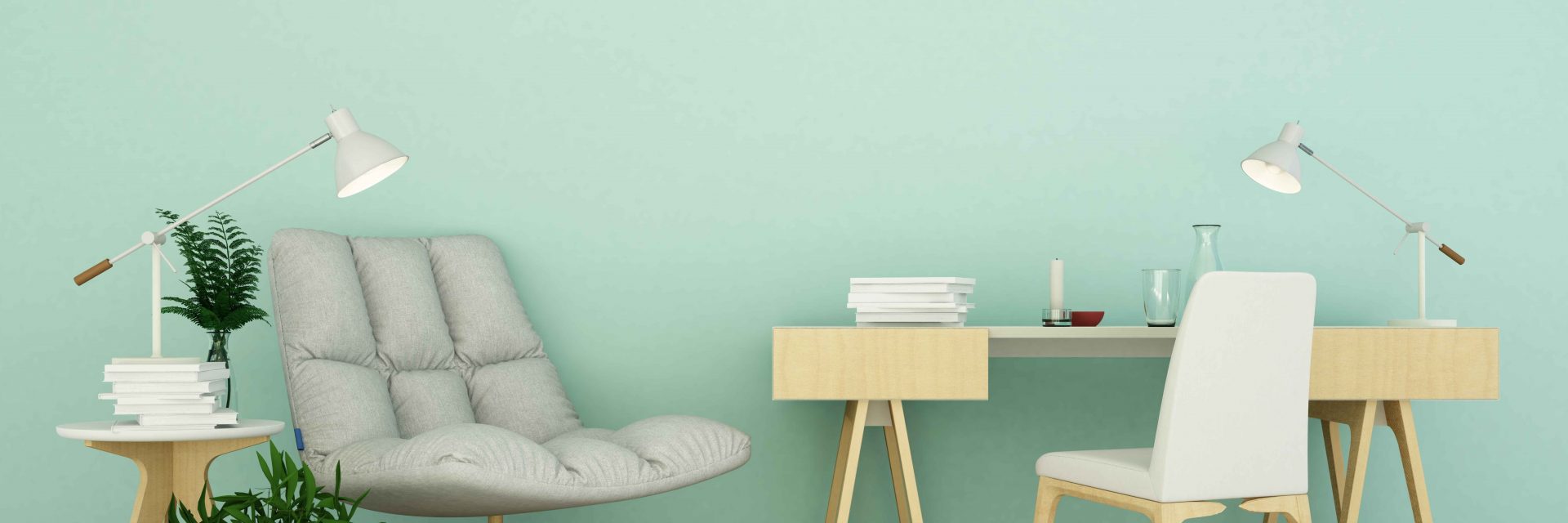Understanding The Essential Differences Between Interior And Exterior Paint Can Considerably Influence Your Project. It Is Essential To Familiarize On Your Own With These Differences Before You Start Your Job
Understanding The Essential Differences Between Interior And Exterior Paint Can Considerably Influence Your Project. It Is Essential To Familiarize On Your Own With These Differences Before You Start Your Job
Blog Article
Created By-Fisker copyright
When you're picking between interior and exterior paint, it's important to understand their fundamental differences that impact both efficiency and aesthetic appeals. Interior paints are crafted for lower VOC degrees and smoother finishes, making them excellent for interior spaces, while outside paints are made to sustain severe weather and UV exposure. Each type serves a distinctive objective, however understanding when to utilize one over the other can significantly influence your project's end result. So, what variables should you think about when making your option?
Structure and Solution
When choosing between interior and exterior paint, comprehending their composition and formulation is essential. Interior paints usually have a lower amount of volatile organic compounds (VOCs), making them much safer for indoor air high quality. You'll see they usually have a smoother surface, which boosts their capability to resist stains and permits easier cleansing. They're made to endure the roughness of interior environments, including differing humidity degrees and temperature changes.
On the other hand, outside paints are formulated to withstand harsher problems. They generally have greater levels of pigments and ingredients to withstand fading from UV rays, along with to prevent mold and mold and mildew growth. Their composition consists of a lot more binders and materials, which provide far better attachment to surfaces revealed to the components. https://johnnyijrye.p2blogs.com/30602012/study-infusing-shade-right-into-a-monotonous-room-the-local-painter-s-transformative-journey ensures the paint can endure rain, snow, and fluctuating temperatures without peeling off or breaking.
Performance and Resilience
Reviewing performance and resilience is important when choosing in between exterior and interior paint. Interior paint is designed for surface areas that experience less deterioration. It usually withstands fading and scuffing, making it ideal for living areas and rooms. However, it may not stand up well in high-moisture areas like kitchens and bathrooms without correct formula.
On exterior painting detroit , exterior paint faces harsher conditions. It's crafted to endure UV rays, rain, and temperature fluctuations. This sort of paint often has ingredients that stop mold and mold growth, ensuring long life in different environments. When you use external paint, you can expect it to last numerous years much longer than indoor paint, supplied it's used correctly.
An additional key distinction hinges on the coating alternatives. Interior paints often have a selection of surfaces for visual charm, while exterior paints prioritize longevity over sheen. If you're searching for something that can manage the aspects, exterior paint is your best option.
In contrast, if you're focused on indoor appearances with less issue for extreme problems, indoor paint could be suitable. Inevitably, your choice should straighten with the specific demands of the setting.
Visual Factors to consider
A fresh coat of paint can change a space, however visual factors to consider play a vital duty in your selection in between exterior and interior choices. When you're choosing paint, consider the mood you intend to create. Interior paint allows you to explore a bigger series of shades and finishes, enabling you to share your individual design and boost your home's atmosphere. Whether you opt for soft pastels or vibrant shades, the appropriate indoor paint can make your rooms feel cozy, vibrant, or peaceful.
On the other hand, outside paint requires to line up with your home's style and the surrounding atmosphere. Here, you're not simply making a style declaration; you're likewise thinking about visual appeal. Choosing colors that integrate with your area can boost your home's value and aesthetic appeal. Remember that outside paint is also based on fading and weather changes, so picking a timeless color can conserve you from frequent repainting.
Inevitably, think about just how each option fits your vision. By straightening your paint option with your wanted aesthetic, you can produce areas that show your character while maintaining performance.
Conclusion
When it concerns selecting paint, recognizing the crucial differences between exterior and interior options is vital. Inside paints concentrate on visual appeals and low VOCs, making them ideal for improving your interior areas. On the other hand, outside paints are made for resilience and weather condition resistance, shielding your home from the aspects. By considering your details needs and the setting, you can with confidence choose the ideal paint to accomplish the appearance and long life you want for your room.
